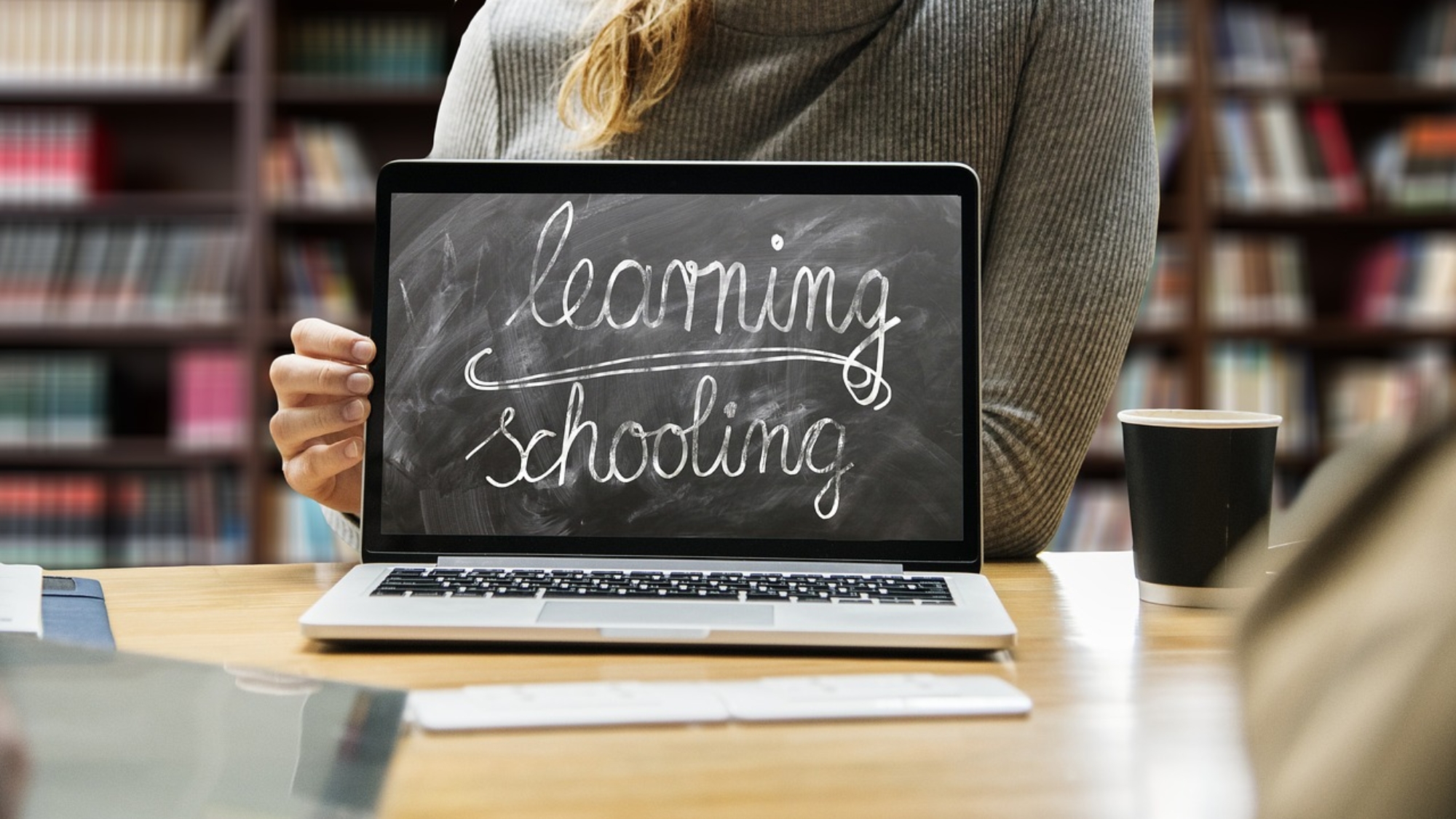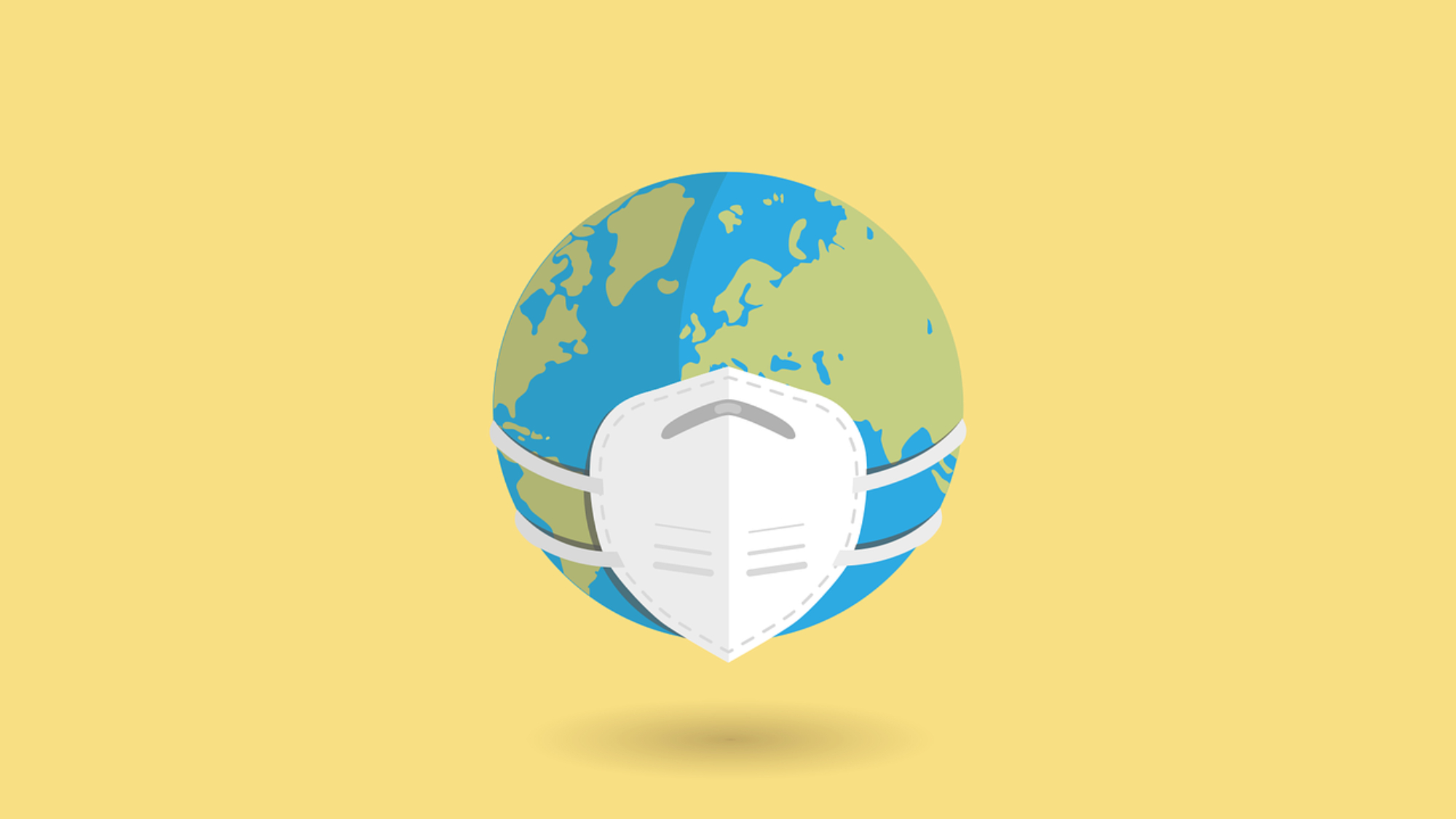Prepare and practice
1. Ensure digital equity.
Equity is the biggest obstacle in preparing for online learning, and the first thing you should be thinking about. If your district is not 1:1 and does not have devices to send home with everyone, survey teachers and families ahead of time to figure out who will need devices and bandwidth.
Jenna Conan, technology integration specialist at All Saints’ Episcopal School in Fort Worth, Texas, points out that most families don’t have one computer per person. During a school shutdown, parents may also be working from home, meaning several people could be competing for one or two computers. Therefore, make sure all online apps work on mobile devices in case a laptop is not available.
For teachers or students who don’t have Wi-Fi at home, districts must figure out how to buy or rent Wi-Fi hotspots and then have a plan for distributing both devices and hotspots. If you have advance warning that a shutdown is imminent, districts can send devices and hotspots home with students before the closure. If a shutdown happens abruptly, plan a pick-up time and location, and arrange to deliver devices and hotspots to those who cannot pick them up.
Keep in mind that students who have individual education plans (IEPs) need to have access to their specific accommodations during the closure, including video access to aides and logins for apps.
2. Practice.
Schools that regularly have digital learning days – and have worked through home-connectivity and device issues – are already ahead of the game, says Michael Flood, ISTE Digital Equity PLN Leader. But if your school has not laid the groundwork, consider this to be an opportunity.
Teachers not already using a learning management system regularly, need to dive in now so that there will be no interruption in communication in the wake of a sudden closure. Teachers should train themselves and their students on the apps and technology tools they may need to use in the event of closure. Practice in the classroom and then send students off to try using the tools from home, says Sandra Chow, director of innovation and digital learning at Keystone Academy in Beijing.
Chow, who has been teaching online since coronavirus shut down her school in early February, says educators won’t regret spending time on this.
“None of this learning will go to waste moving forward,” she says, “as many of the skills learned during the online learning period will be equally beneficial in a regular classroom.”
3. Provide clear expectations to staff and parents.
During a closure, communication between administrators, staff, parents and students is more important than ever.
“In an online environment, everyone’s anxiety is high and channels of communication need to be frequent, clear and succinct,” Chow says.
For big-picture communications, prepare an FAQ outlining all the details of how the school will operate during a closure so staff and parents are on the same page.
David Lowe, a parent and former assistant principal whose children’s district in Washington state switched to remote learning on March 9, recommends the FAQ include where to find the daily assignments; a list of sites and tools the students will need, how to log in and what to do if the technology doesn’t work; and, finally, the expectations of parents. “There’s a lot of information to sift through and parents are working hard to make sure they’re clear on what they should be doing to best support their students.”
In addition to posting and distributing FAQs, schools should set up communitywide texting to communicate quickly and then advise people where to find follow-up messages via email or on your website.
Next, prepare a step-by-step guide on how to access and use online learning tools and curriculum. Make sure you present this information in various formats including video and text and include screenshots and screen-casting tutorials.
Ask families to make sure all students – especially the youngest learners – know how to log in to the apps and know their passwords. Teachers need to know how to take attendance. Provide extra tech support and make sure parents and teachers know how to ask for help.
Communication should go beyond logistics and academics. David Miyashiro, superintendent at Cajon Valley Union School District in California, recorded a video for the teachers in his district outlining what the district has been doing to meet academic and basic needs of students. But he also covered at length the importance of meeting the social-emotional needs of students.
“Based on the input our principals have received from you and the input we received from our parent leaders, it’s obvious that flexibility, human connection and guidance for our staff, students and their parents during this time is most important for the engagement and continued progress of our students,” he said in his address to teachers.

4. Take time to plan.
If a shutdown occurs before your staff is ready to teach online, invest some time – even if it’s just a day or two – to prepare before rolling out online learning with the students. The brief delay in starting online lessons will pay off in the long run. In the Washington district where Lowe’s three children attend, staff spent time getting ready for an impending closure.
“The district took a whole day for all the teams to get together to create a plan for online learning,” he said. “It was a really smart move.”
Teams divvied up and tackled everything from logistical issues, like the setup of Zoom meetings, to instructional ones, like different home support models, and then reported out to the larger group. When the district shut down two days later, teachers got two planning days before fully jumping into online learning with the students. The team and individual planning days helped smooth implementation.
Even if a closure is sudden and offers no time to plan before schools are shuttered, it is still prudent to plan before beginning online lessons.
5. Pack your bag.
Make sure you have access to everything you need from home in case you are not able to return to school or bring home your school computer and move your files into the cloud.
Implementation
6. Establish daily schedules.
Expectations should be clear about when teachers and students need to be logged on. A full day in front of a screen is a lot for kids and teachers, especially for families who may be sharing one device. Many schools are choosing two check-in times – a morning meeting and an afternoon check-in – and then allowing families flexibility about how they organize the at-home school schedule.
Other schools are reorganizing the school schedule, by spreading one school day over two days. Students attend three classes in the morning and have the afternoons to work independently and interact with those teachers during “office hours.” The next day, they attend the rest of their classes online in the morning and then have office hours with those teachers in the afternoons.
Sometimes it can be difficult to anticipate the roadblocks that students might face while navigating this new territory. Nadine Bailey, teacher librarian and technology integrator at the Western Academy of Beijing, suggests picking one student per grade and monitoring their “expected” path throughout the day from tool to tool to make sure everything is working as it should. If not, be flexible and make changes along the way.
It can be trickier handling specialty classes like PE, robotics or art. Adam Hill is a blogger and teacher at Victoria Shanghai Academy in Hong Kong, which has been closed since Jan. 22 and began offering remote learning on Feb. 5.
Hill’s school found that students were struggling to make time each day for specialist instruction so they decided to allocate one day per week for all elective activities.
7. Provide robust learning.
In extreme circumstances like an impromptu closure, it’s tempting for teachers to upload worksheets for students to complete and return. But online earning during a closure – especially during extended closures – should be at least as engaging as the classroom experience (if not more) or students will suffer.
Educator Alison Yang developed an online learning guide, which stresses that online learning should never be an excuse to assign busy work, but rather to address clear engaging learning objectives. Bailey, the Beijing teacher-librarian, adapted Yang’s guide into one for parents to help them understand the objectives.
For key principals that ISTE recommends are:
- Break learning into smaller chunks.
- Be clear about expectations for online participation.
- Provide immediate (or at least frequent) feedback through online knowledge checks, comments on collaborative documents and chat to keep students motivated and moving forward.
- Include virtual meetings, live chats or video tutorials to maintain a human connection.
Chow’s leadership team in Beijing met virtually to design an online learning plan, which included training for video production and other tools, online learning pedagogy as well as social-emotional training.
She stressed that the community will need time to adjust. Provide manageable and achievable goals to work on each week, listen to feedback and communicate frequently, she says.
8. Design independent learning.
Keep in mind that parents might either be at work or working from home and unable to help much. It’s important to design learning that does not require a lot of support from parents who might already be overwhelmed.
Lowe, the parent from Washington state, said expectations about parental support might be the biggest issue for him and his wife. Providing guidance for parents on how they can be supporting their kids in an online learning model is also helpful.
“It feels similar to homeschooling right now,” Lowe said. “The biggest challenge is parents supervising what their kids are supposed to be doing and at what time.”
Lowe acknowledges that his family is lucky. He’s a consultant who can work from home and his wife is a teacher, so they are available to pitch in. Not all parents will be able to cope as easily, especially those with small children who can’t work from home.
“One of the best things our schools have done to support parents is streamlining information by creating one place for all the assignments, schedules and expectations,” he said. “The closer to a checklist you can make these resources, the better.”
9. Address the emotional toll.
Check in with students and coworkers, especially those who are less comfortable with digital tools to see if they need any help or someone to talk to. Being sequestered at home can be isolating and exacerbate the fear of dealing with a global crisis. Taking time to check in about feelings of anxiety is just as important as checking on academics.
In his guide to online learning, Rushton Hurley, an ISTE member and founder of Next Vista for Learning, shares a story from expat teachers in Wuhan, China, the epicenter of the coronavirus. After weeks of largely being confined to their apartments, teachers began calling each other and leaving the lines open, even if they weren’t talking. They simply wanted the comfort of being able to speak up and have someone hear their voices. If a closure lasts for a long time, you will miss your students, and they will miss you and each other, Hurley said.
While it may seem fun to work from home, it can be challenging to keep to a regular schedule. Some things that can help include:
- Take regular breaks.
- Making time to exercise.
- Keep to a regular sleep schedule.
- Limit distractions when possible (turn off social media notifications, for example).
- Set daily and weekly goals.
- Make time to socialize, even if it’s virtually.
10. Choose the right tools and stick with them.
A wide variety of technology tools, many free, are available to help. Jason Reagin, edtech consultant and teacher in Incheon, South Korea, has put together a Wakelet of apps offering free upgrades during the global crisis.
With so much out there, it can be tempting to try to use everything. Instead, limit the number of tools, apps and platforms so students and their parents are not overwhelmed.
It may be a little harder for students to follow classroom assignments when you are not there face to face. Some ideas from Arizona State University for helping kids focus are using different colored fonts on-screen to help learners distinguish important ideas. Try to keep online instructions short, simple and clear. Consider making video instructions instead of text.
Videoconferencing will take you and your students into each other’s homes so it’s important to consider privacy. Some programs let users blur your background. Dress as you would for attending school and expect students to do the same.



